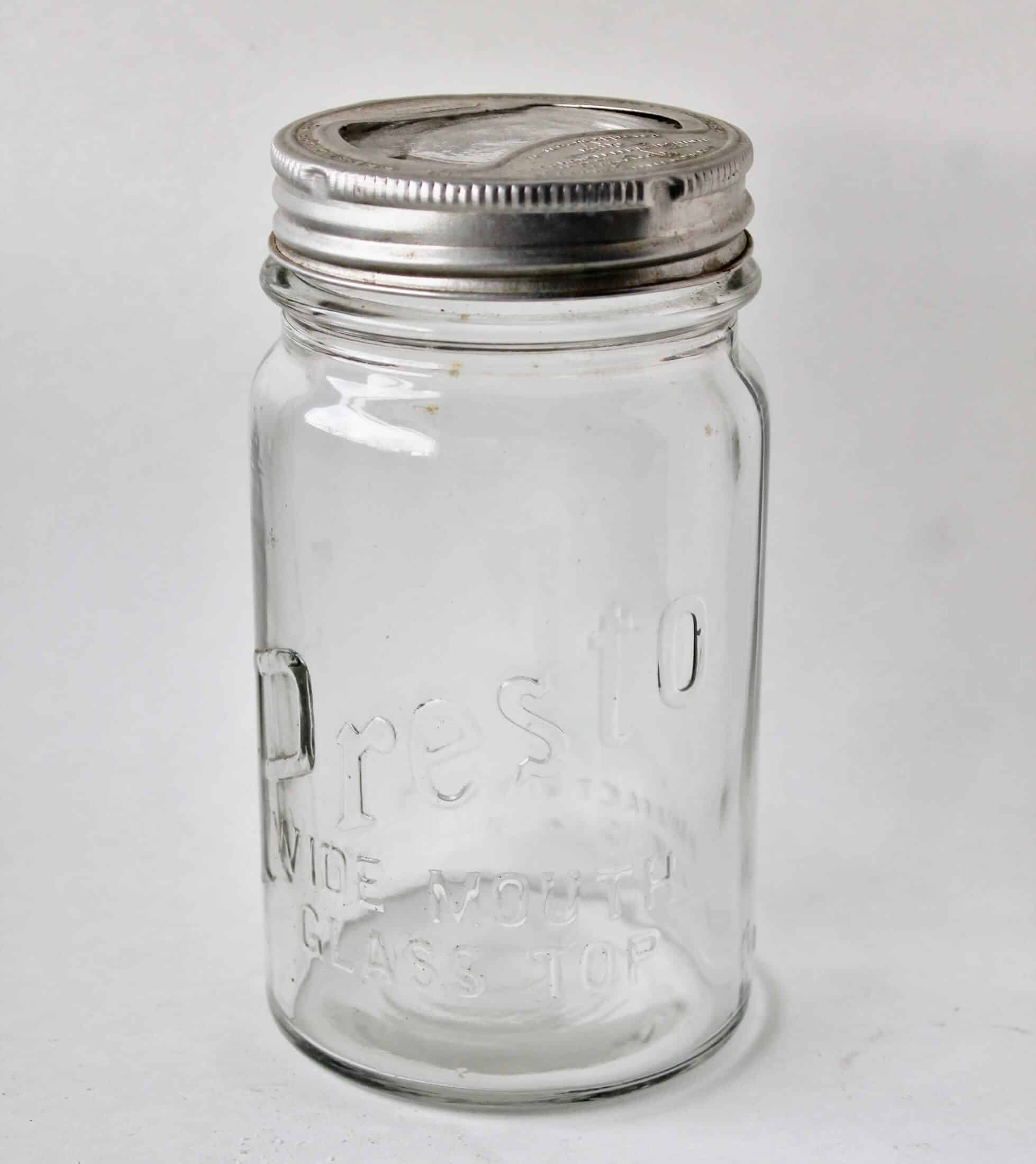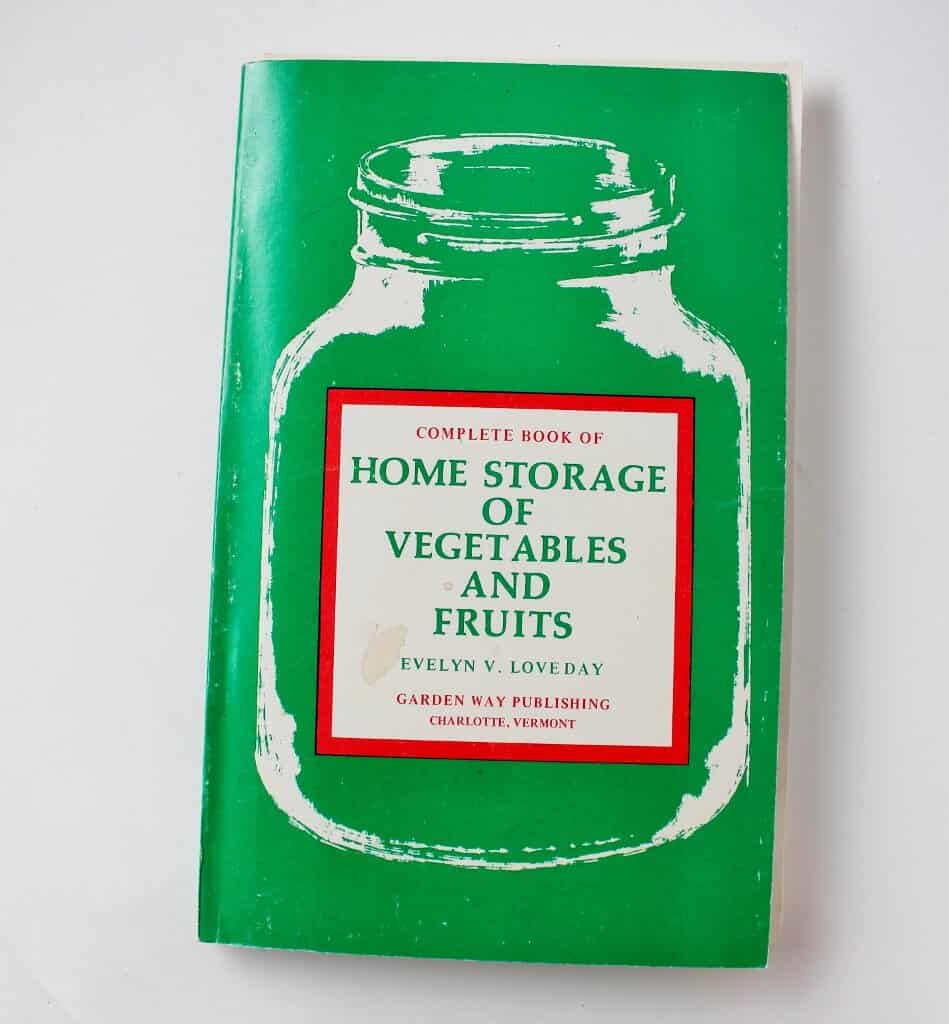Antique & Vintage Canning Jar Price Guide
Welcome to my antique and vintage canning jar price guide! In it you’ll find many commonly found canning jars and their suggested values. But before we jump in, liets take a look at some of the history behind these vintage collectibles.
Mason Jars Patented Nov. 30th, 1858
Instantly recognizable by avid vintage-lovers, the Nov. 30th 1858 patent date appears on literally thousands of canning jars produced between 1858-1920. Mason wasn’t the only manufacturer to add this patent date to his jars, hence its vast proliferation.
John Mason invented and patented the process for cutting a thread onto the lip of glass jars, as well as a corresponding thread inside zinc lids, which could then be screwed tightly onto the jars. A rubber ring tucked inside the lid created the seal necessary to preserve the contents.
The invention gave homemakers a new means of preserving food for their households, in addition to smoking, salting, drying, and pickling.
Lightning Jars Patented by Henry William Putnam
Lightning jars, so named because they could be easily and quickly opened, solved the problem of canned foods acquiring a metallic taste due to contact with a metal lid. A frisbee-shaped glass lid took the place of the screw-on lid and was held in place by an ingenious wire clamp, invented by Henry William Putnam in 1882.
It’s likely that “White Lightning” derived its name from the fact that bootleggers used these jars to store their product.
Ball Brothers in Buffalo (NY)
The Ball brothers, Frank and Ed, developed a semi-automatic process for the manufacture of fruit jars, which greatly increased the number of jars on the market and led to Ball jars becoming synonymous with the term “fruit jars,” much like Kleenex became for “tissue.”
Fruit jars were produced primarily in clear and “Ball blue” (aqua), but some amber, cobalt, and even milk glass examples can be found out there in the wild, and they are likely worth upwards of several hundred dollars.
Some Canning Jar Terms
Seeds: Air bubbles trapped in glass, often seed-shaped.
Shoulder Seal: Lid screws right down to shoulder.
Bead or Ledge Shoulder: A prominent ridge below the screw threads, but above the actual shoulder, also called a “strong shoulder.”
Triple L: Refers to the two L’s in “Ball” and the final loop resembling an additional “L”
Related posts of mine you might be interested in:
Collecting Vintage & Antique Canning Jars
Collecting Vintage & Antique Bottles
How to Clean & Care for Old Bottles

Antique Mason Canning Jars
 Aqua Mason’s Patent Nov. 30th 1858
Aqua Mason’s Patent Nov. 30th 1858
Quart, Shoulder Seal, c. 1890-1915
$15-18.00
 Aqua Mason’s Patent
Aqua Mason’s Patent
Quart, Shoulder Seal, c.1875-1900
Number of small seeds
$15-18.00
Antique Atlas Canning Jar
 Aqua Atlas Strong Shoulder Mason
Aqua Atlas Strong Shoulder Mason
Quart, Bead or Ledge Seal, c. 1920
Hazel Atlas Company (1902-1964)
$10-12.00
Ball Canning Jars
 Aqua Ball
Aqua Ball
Quart, Shoulder Seal, c.1900-1910
“Triple L” Large Seeds
$15-18.00
 Aqua Ball Mason
Aqua Ball Mason
1/2 Gallon, Shoulder Seal, c. 1910-1923
$25-30.00
 Aqua Ball Perfect Mason
Aqua Ball Perfect Mason
1/2 Gallon, Bead or Ledge Shoulder, c. 1923-1933
$25-30.00
Lightning Seal Canning Jars

Lightning Registered U.S. Patent Filed
Pint, “Putnam” embossed on bottom
$15-20.00

Aqua Ball Ideal
Pint, Lightning Seal, c. 1900-1910
Triple L
$10-12.00

Ball Ideal
1/2 Pint, Clear, Lightning Seal, c.
$12-15.00

Atlas E-Z Seal
Quart, Clear, Lightning Seal, C.
$5-8.00

Aqua Atlas E-Z Seal
1/2 Pint, Lightning Seal, c. 1900-1925
Hazel Atlas Company (1902-1964)
$15-20.00
Miscellaneous Canning Jars

Clear Presto Wide Mouth Canning Jar
Quart, Bead or Ledge Closure
$18-20.00

Presto Lid

Clear Embossed Canning Jar
Quart, Hazel Atlas Company (1902-1964)
$12-15.00

Unmarked Clear Square Jars
Pint, Decorative Embossing
$10-12.00 each

Zinc and Milk Glass Lids
$2-3 each

Enamelware Canning Jar Funnel
$8-10.00

Home Storage of Vegetables and Fruits
$5-6.00
Thanks so much for stopping by–
If you enjoyed your visit, I hope you’ll subscribe and never miss a post.
With your subscription, you’ll receive access to my Member Library where you’ll find
a downloadable PDF of this 1930’s canning recipe booklet, The Ball Blue Book:
Pin me for reference later 🙂




